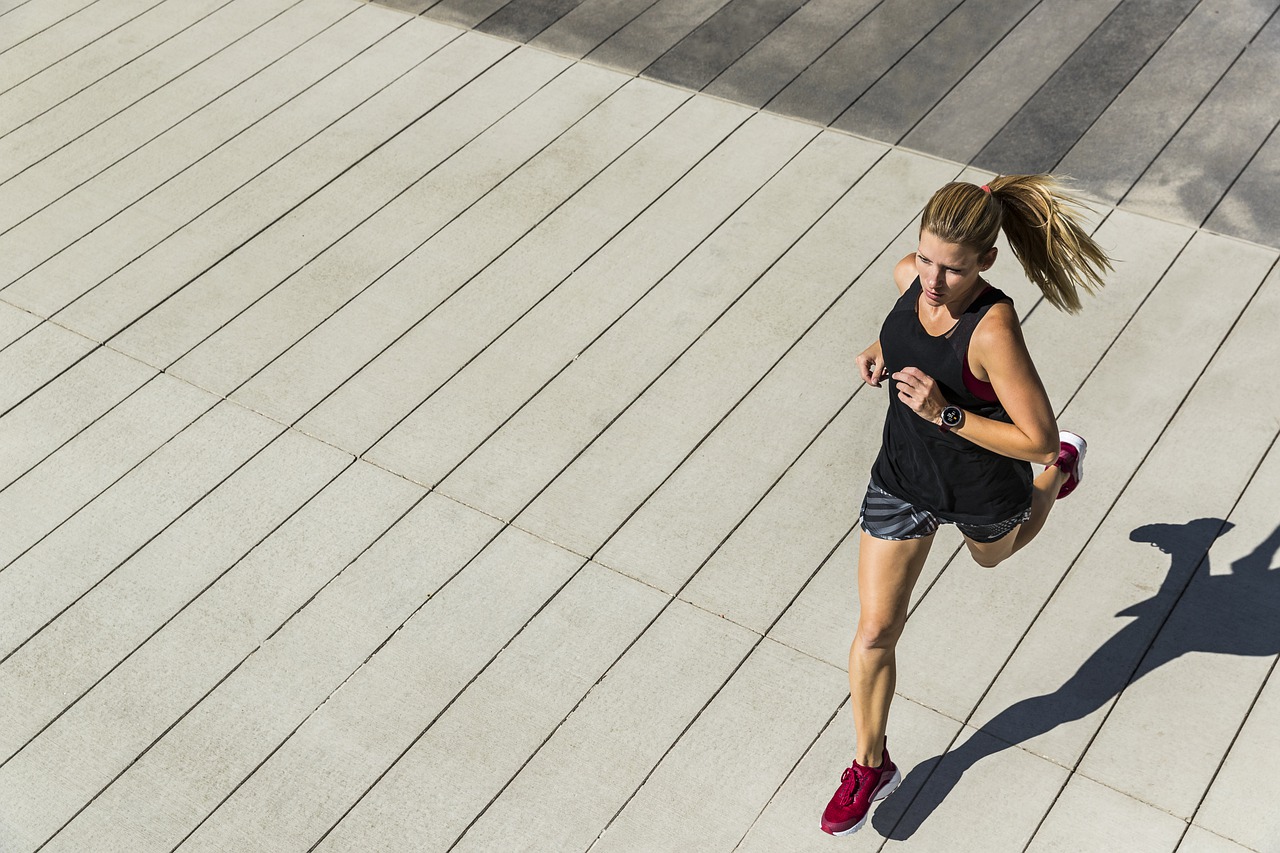The Achilles tendon acts almost like a rubber band that connects the calf muscles to the heel bone. Although we know that it acts as a kind of spring that stores and releases energy as we move our legs, it is not yet clear to scientists exactly how it interacts with training and intense exercise, if any.
Heredity plays a role in the characteristics of the Achilles tendon
Although the Achilles tendon is the largest tendon in the human body, surprisingly weak, it is the most commonly ruptured tendon. The big question for science today is whether its properties are determined by genes at birth, or do tendons adapt to our long-term physical activity to protect them from stress and overuse?
Researchers discover a Frontiers in Physiology In a new study published in a scientific journal, a total of forty identical homozygous couples participated and were asked about their exercise habits over the past few years.
The results of the surveys were then compared to the “quality” of the Achilles tendon, which was measured with a manual oscilloscope.
Scientists have studied the mechanical stiffness of tendons in particular, a sign of their ability to store more energy.
There is a lot of debate about the adaptation of the Achilles tendon and how it responds to exercise The researchers write in their recently published study, which ScienceAlert Online science portal citations. But most of the published research is currently limited to elite athletes and select training activities.
The team found that, overall, there were significant differences in Achilles tendon status in both groups, but no significant difference in tendon stiffness when comparing mostly active twins with inactive pairs. Thus, evidence has been found that genes play a role in the properties of the Achilles tendon.However, in so-called unequal pairs, where one twin was more active than the other, the more active tendons were, on average, 28 percent stiffer. This, according to experts, suggests that it is not unreasonable to “train” the Achilles tendon safely with regular exercises at a non-elite level.
Basketball and running have this effect
The results of the new study are consistent with findings from previous research with elite runners that showed the Achilles tendon was thicker and more rigid. In addition, there is previous evidence that tendon stretching elicits a number of cellular and molecular responses.

Our study is the first evidence that individual Achilles tendon stiffness is determined in part by genetic differences – Explain the researchers in the publication. In addition, the study also indicates that recreational practices can lead to Achilles tendon adaptation if it has been stimulated regularly for years.
The researchers also reported another discovery: practices involving “atmospheric phases,” such as Basketball and running, where the foot sometimes leaves the ground completely, have a greater impact on the Achilles tendon, as do swimming or cycling. Experts conclude that those who engage in an “aerobic phase” exercise should slowly increase the intensity of their training to allow the Achilles tendon to adapt to higher impact loads.
Why is this exactly? Further research may provide an answer.
Scientists say larger sampling, where twins have more varied training plans and do more exercises, would be beneficial.
However, the new study could actually help athletes customize their training plans, improve the technique of occasional runners, and help doctors treat or prevent injuries to this important part of the body.












































